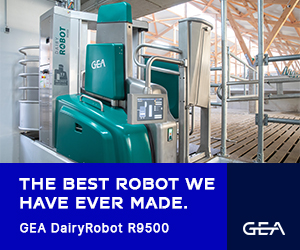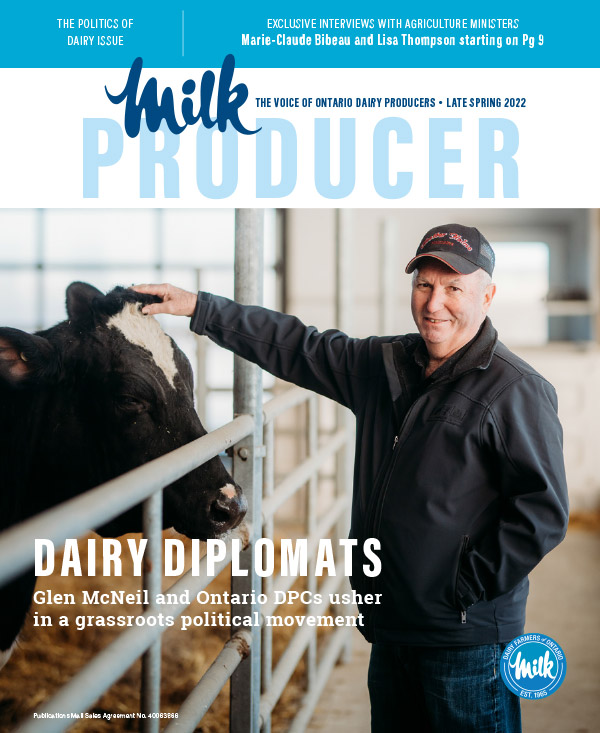
On The Cover:
DAIRY DIPLOMATS
FROM FARM TO FRONTBENCH - Three dairy producers sow the seeds of grassroots government relations.
In the late spring of 2016, a dramatic scene unfolded on Parliament Hill. Three thousand dairy farmers from Quebec and Ontario gathered at the doorstep of Canada’s government with their tractors and cows to protest cross-border trade agreements. It wasn’t the first time a groundswell of support had occurred in the dairy community. Dairy producers are not shy when it comes to defending their industry.
More from this issue
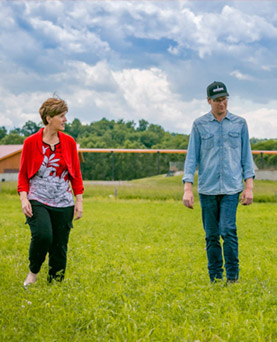
EXCLUSIVE Q&A with Minister Marie-Claude Bibeau
MARIE-CLAUDE BIBEAU was an entrepreneur in the tourism sector prior to being elected Member of Parliament for the rural Quebec riding of Compton-Stanstead in 2015.
She was appointed Minister of International Development but made headlines in March 2019 when she became the first woman in Canadian history to be appointed federal Minister of Agriculture and Agri-Food. Bibeau says her enthusiasm for agriculture and background in dairy farming – both her uncle and grandfather were farmers – drew the notice of Prime Minister Trudeau and won her the job.
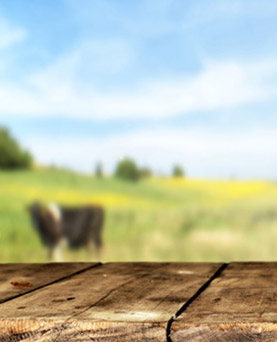
Your Dollars at Work
Our objective to engage more closely, and regularly, with all levels of government took a very strong start in 2022. A variety of activities have been initiated with the provincial and federal governments. These conversations are essential for the future success and growth of producers. We’re grateful for the support and participation we’ve had from many of you across the province.
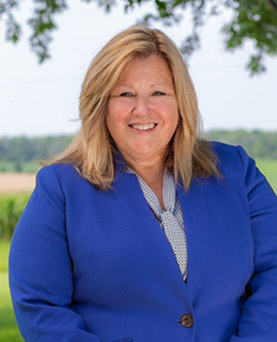
EXCLUSIVE Q&A with Minister Lisa Thompson
LISA THOMPSON, MINISTER OF AGRICULTURE, FOOD AND RURAL AFFAIRS, has a rich personal and family history in farming.
Born and raised in Huron County on a beef cash crop farm, but now living in Bruce County on a farm that has been in her husband’s family for 120 years, she is a graduate of the University of Guelph and an alumnus of the Advanced Agricultural Leadership Program at the Rural Ontario Institute. Before entering politics, Thompson was General Manager of the Ontario Dairy Goat Cooperative (ODGC), Chair of the Ontario 4-H Foundation and Vice-chair of Ontario Agri-Food Education Inc. (now Agscape).
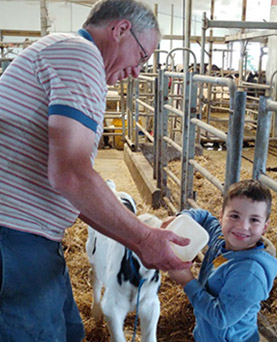
Analysis – The Urban/Rural Divide
Canada’s two solitudes are no longer French and English but urban and rural.
In Canada, votes are in the big cities, not the breadbaskets, but it hasn’t always been this way. At the time of Confederation, roughly four-in-five Canadians lived in rural areas. Most people worked on, or grew up on, a farm. Rural issues were front-of-mind for every policymaker. They had to be.
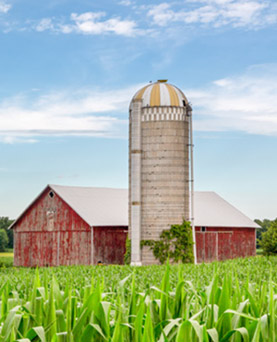
Asphyxiating Gases
You can’t see or hear manure gas or silo gas, but the effects are as quick and deadly as being hit by a tractor.
The effect of gases on farm operations can be devastating but some simple precautions can make a big difference.
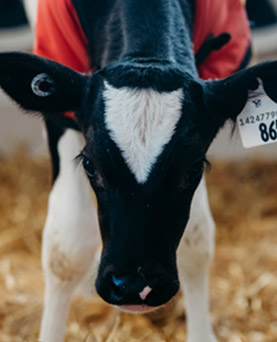
Ventilation in Calf Barns
Calf barns or rooms can be ventilated naturally or mechanically. Natural ventilation combined with a positive pressure ventilation tube system provides the best of both.
From birth to weaning, each calf requires 17 m3/h (10 cfm) of fresh air in the winter to remove the moisture they produce and 170 m3/h (100 cfm) of fresh air in the summer to remove heat. However, the actual air exchange required is usually greater than the minimum ventilation requirements. In winter, calves need four room air changes per hour, and in summer 40 or more air changes per hour. The challenge with calves is to provide the small amount of winter ventilation evenly and without drafts.
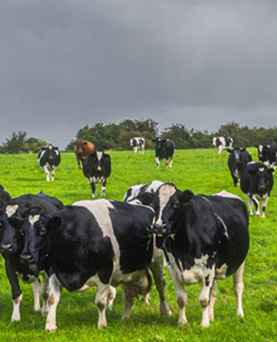
Disruptors
There are two categories of disruptors facing the livestock sector and the industry is encouraged to look outside of itself for solutions that will help it be on the right side of coming change.
“We can look at disruptors in two ways: those that are nature-based events, and those that are based in innovation or social change,” says Dr. Deb Stark, Board member at the Canadian Agri-Food Policy Institute and former Ontario Deputy Minister of Agriculture, Food and Rural Affairs. “The world is so intertwined, and the big disruptors come and hit you sideways, so we need to look within the industry and to others for solutions.”






